Содержание
- 2. Mirroring of an object In asymmetric structure elements we don’t use the original structure element we
- 3. Mirroring of an object
- 4. Mirroring of an object This is the structure element will be used.
- 5. Mirroring of an object In symmetric structure elements it will not matter to mirror or not.
- 6. We have 2 main morphological operations Dilation Erosion The rule is: if the structure element has
- 7. For simplicity we imagine a moving origin on the boundary of the body and the whole
- 8. Dilation Erosion Dilating point ? structure element Eroding a body with an structure element of the
- 9. Dilate Object Structure Element Mirroring of Symmetric object, gives the same object.
- 10. Dilate Structure Object Element Mirroring of Symmetric object, gives the same object.
- 11. Erode Object Structure Element Mirroring of Symmetric object, gives the same object.
- 12. Structure Object Element Mirroring of Symmetric object, gives the same object. Erode
- 13. Find object of size 15 “max size” 1- erode by structure element 15, will give pixel
- 14. Find object of size 15 “max size” 2- dilate by structure element 15, will retrieve the
- 15. _______
- 16. ____
- 17. Open and Close Open: Erode first then Dilate. Close: Dilate first then Erode.
- 18. open 1- Erode
- 19. open 2- Dilate
- 20. Close 1- Dilate
- 21. Close 2- Erode
- 22. Hit or Miss We want to identify specific object. Make a structure element with the same
- 23. Image Hit or Miss Structure element × a a We want elements of cross of ones
- 24. Image complement Hit or Miss Structure element × a a Here we will check the 4
- 25. Hit or Miss Anding the 2 output images a a
- 26. Hit or Miss Find X Erode by X Complement Erode by (W-X) W is one pixel
- 27. Hit or Miss While eroding Z the structure element hit the gap of X creating the
- 28. Boundary Extraction Eroding an object by small structure element then substitute the original image – the
- 29. Region Filling It needs many iterations to be done. Starting by point inside the region, dilate
- 30. Dilate Anding
- 31. Dilate Anding
- 32. Dilate Anding
- 33. Dilate Anding
- 34. Dilate Anding
- 35. Dilate Anding
- 36. Dilate Anding
- 37. The last 2 iterations are the same ? stop Dilate Anding
- 38. The Result is the union of the region fill and the boundary
- 39. Extraction of Connected Component It needs many iterations to be done. Starting by point inside the
- 40. Extraction of Connected Component Dilate Anding
- 41. Extraction of Connected Component Dilate Anding
- 42. Extraction of Connected Component After many iterations we will get this shape
- 43. Extraction of Connected Component By dilating this shape then anding this shape with the original image
- 44. Fully contained will not erase
- 45. Not fully contained
- 46. Not fully contained
- 47. Not fully contained
- 49. (c) Only Non overlapping particles: Hit or miss
- 50. (a) Only of particles that have merged with boundary of the image 1- make a boundary
- 51. (b) Only Overlapped particles: Original Image – the 2 previous results , such that the image
- 53. Скачать презентацию
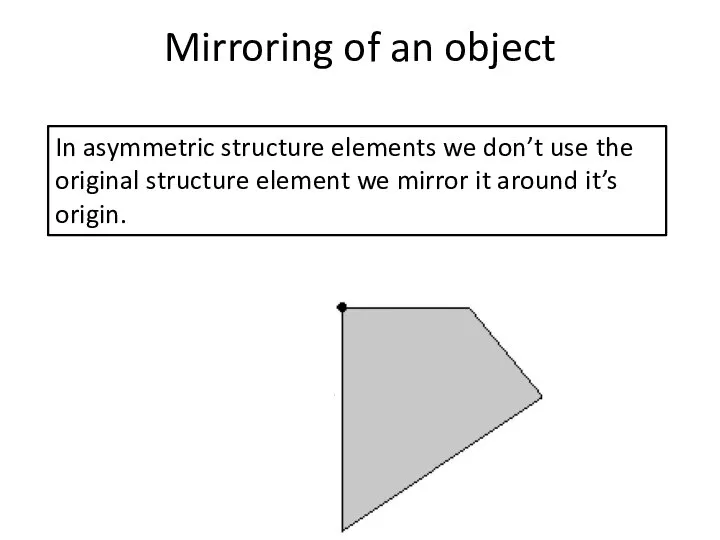
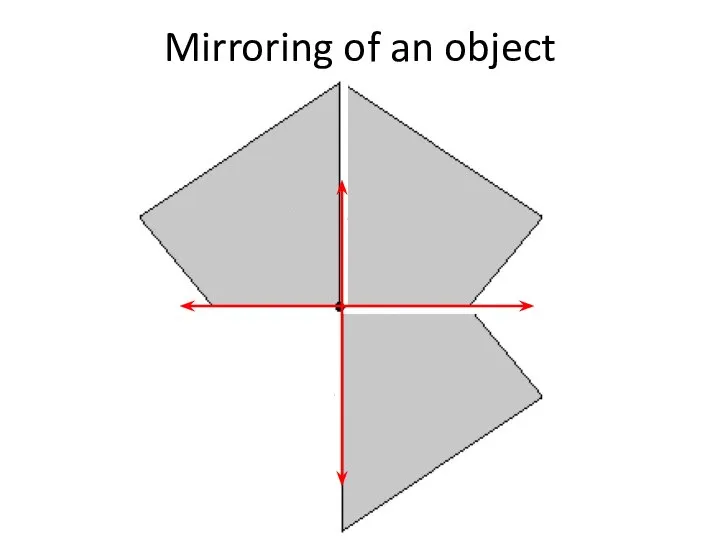
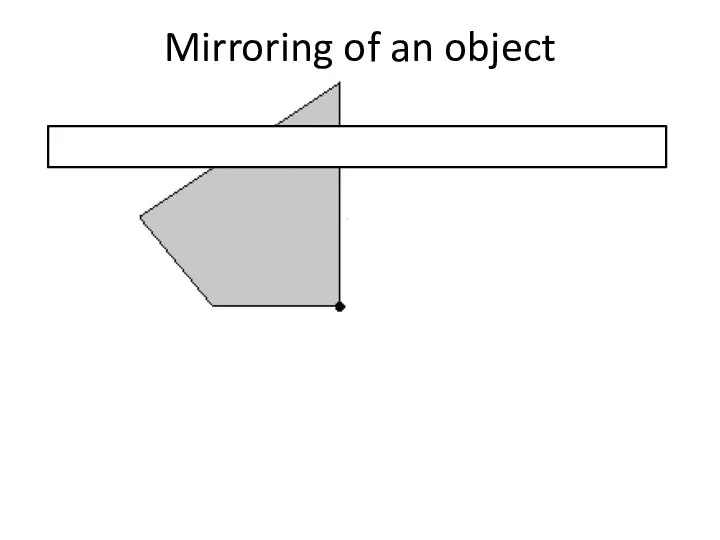
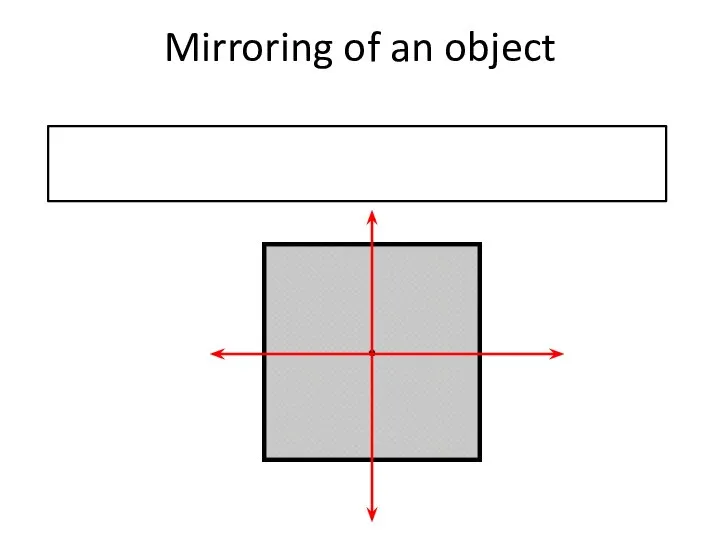
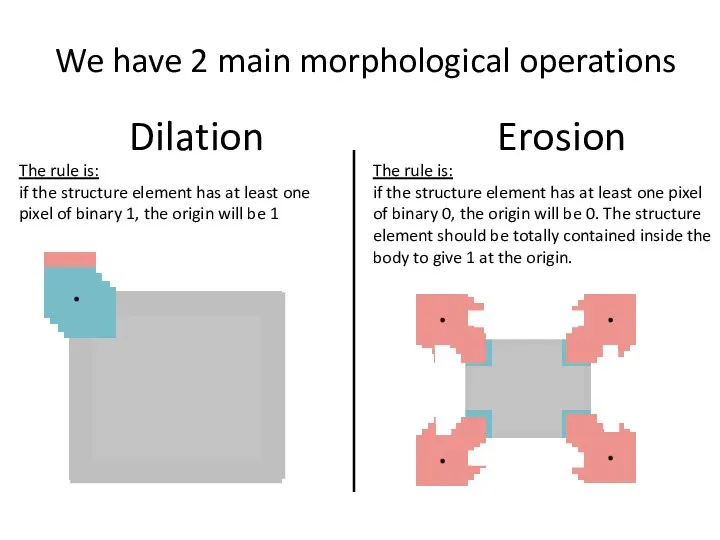
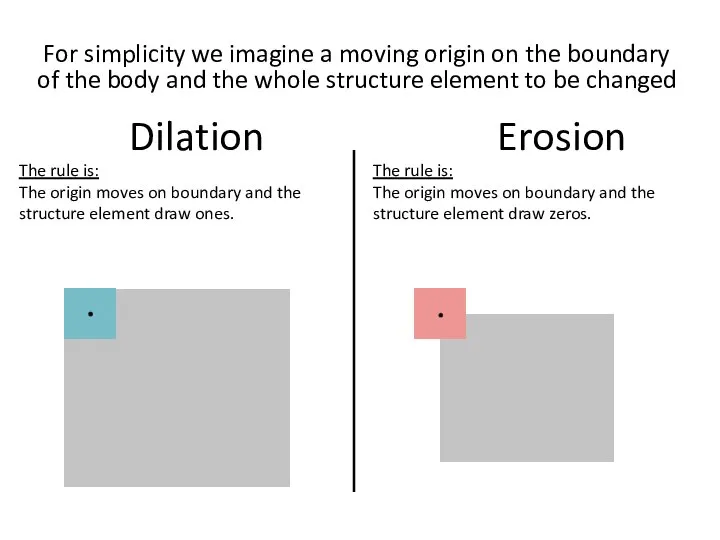

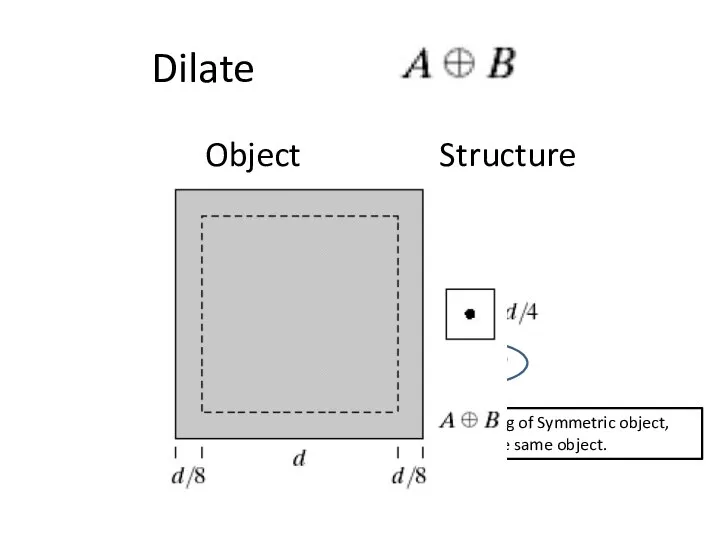
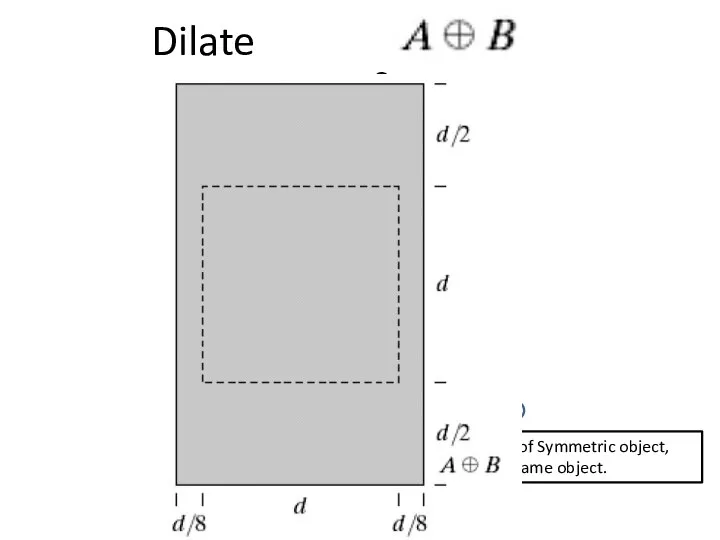

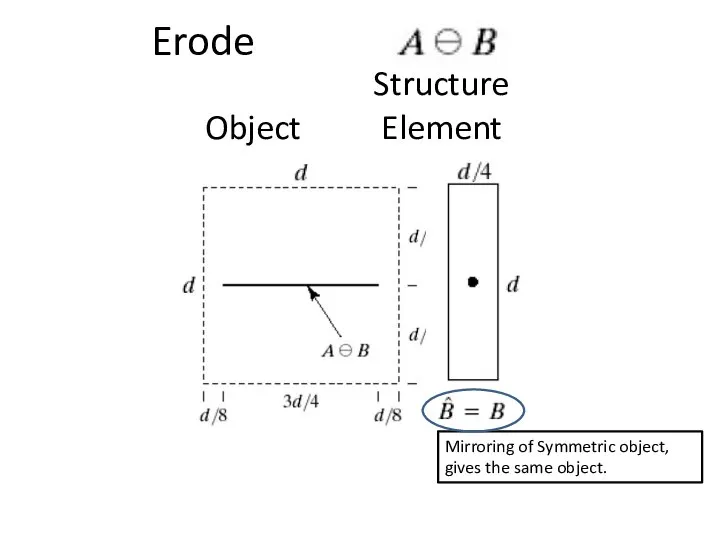
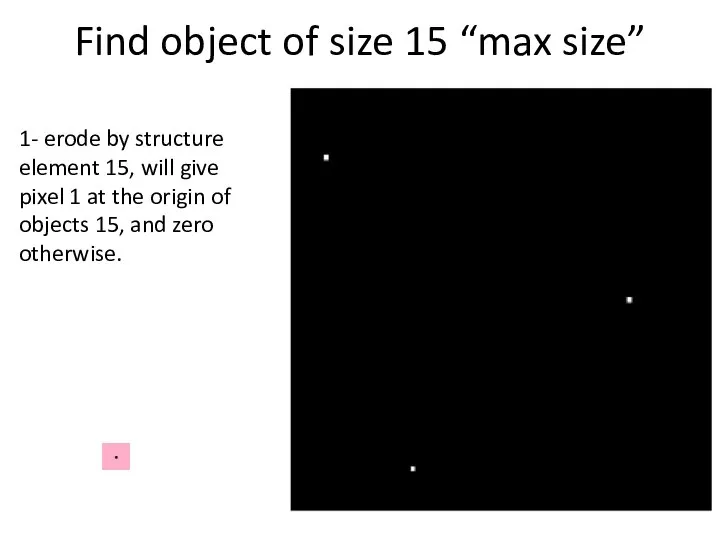


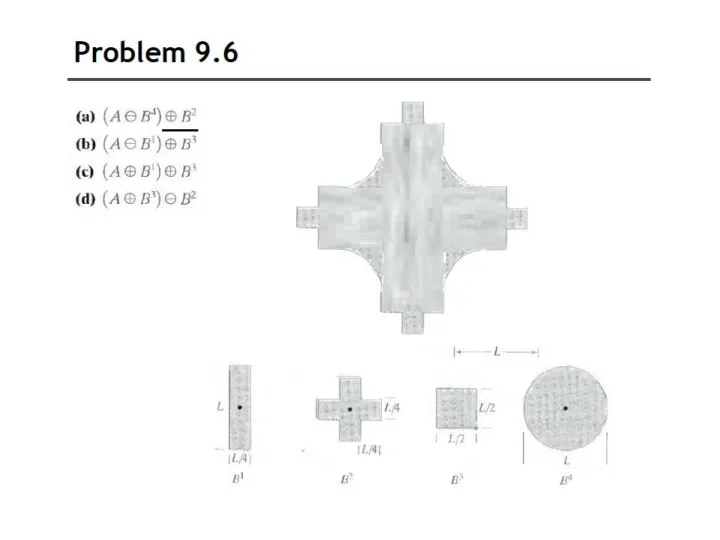
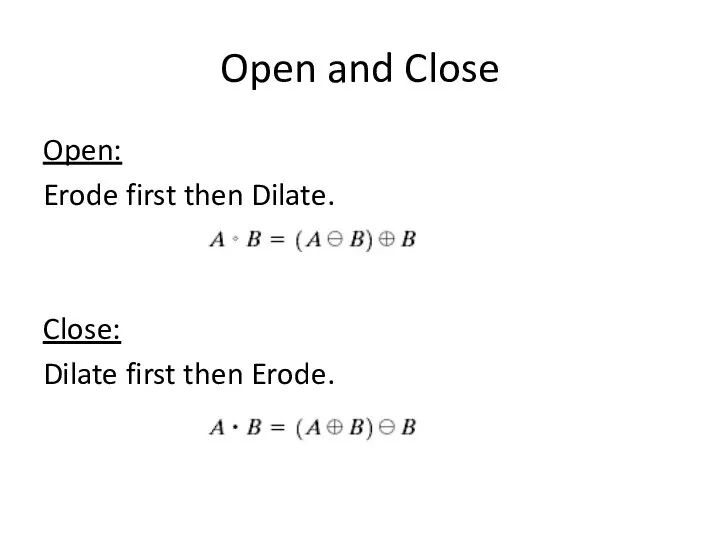
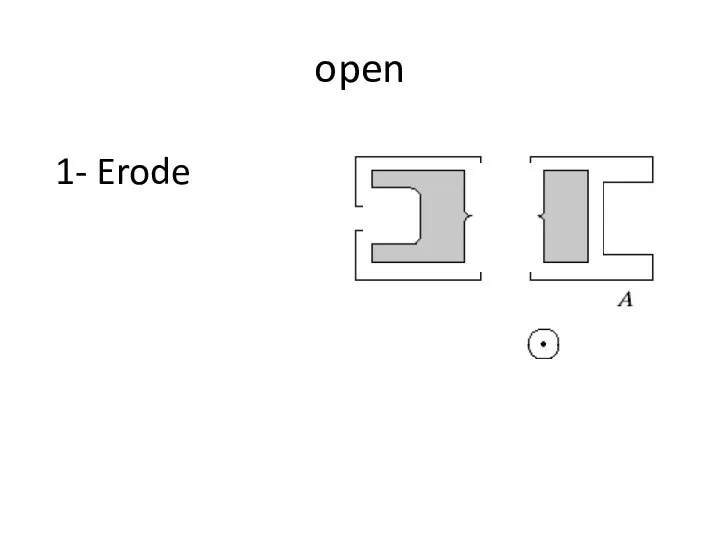

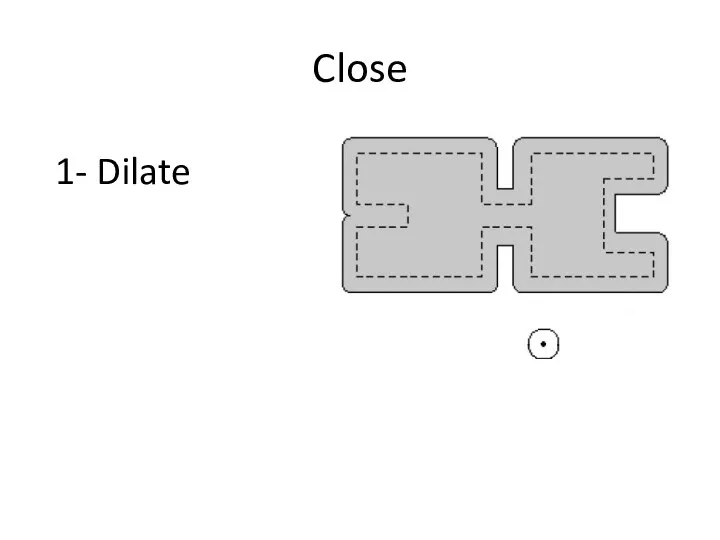
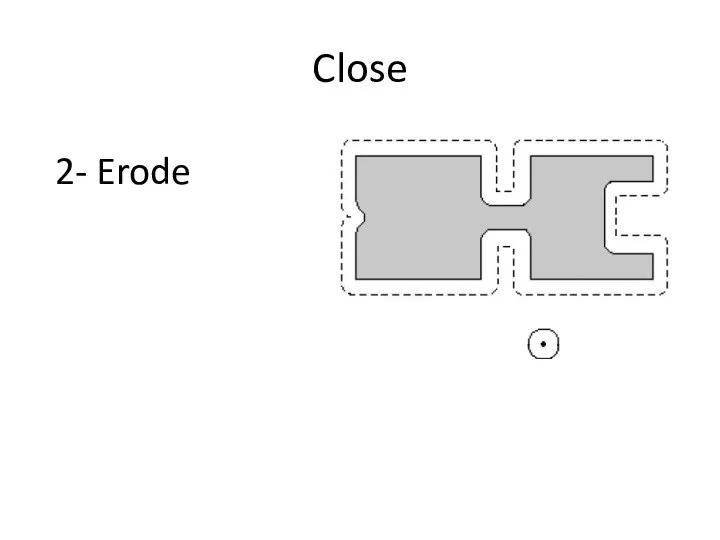
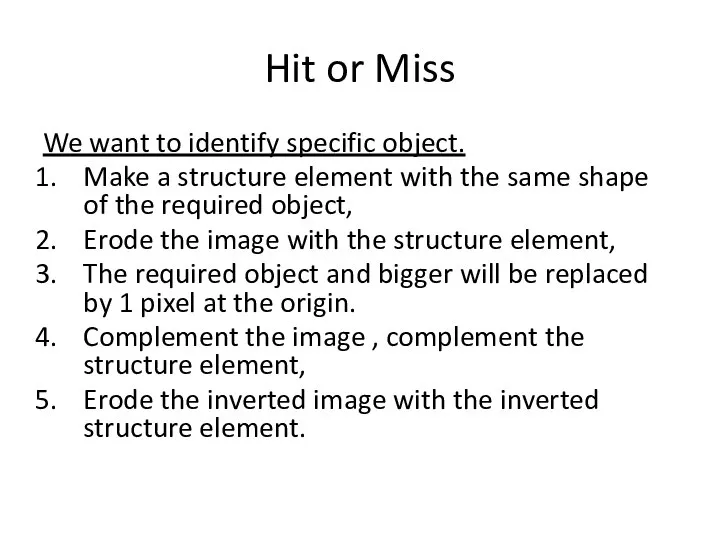


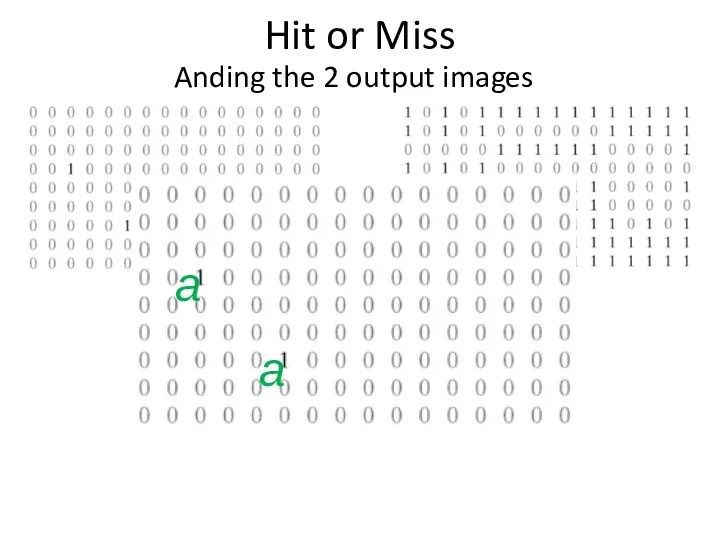
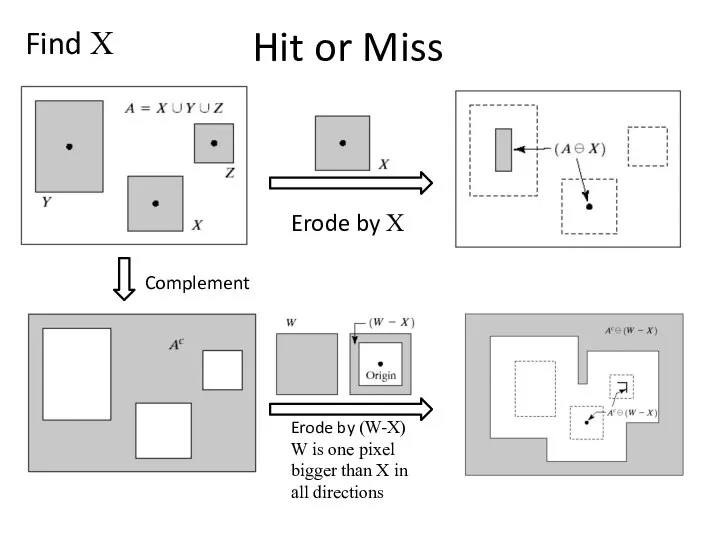

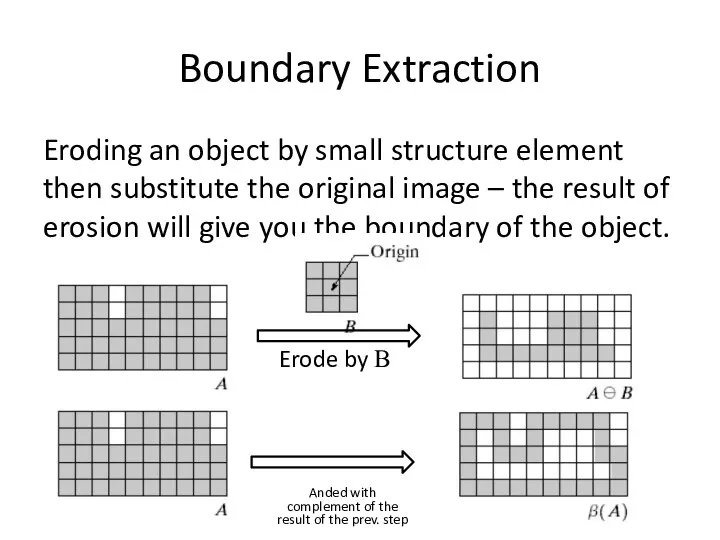
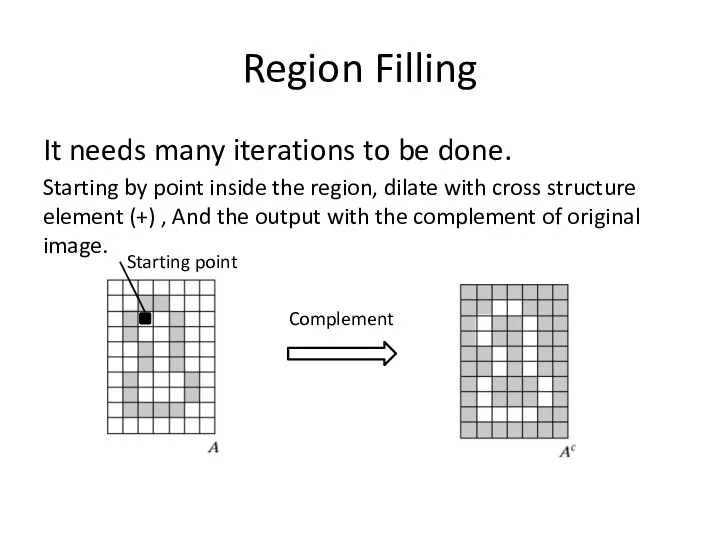
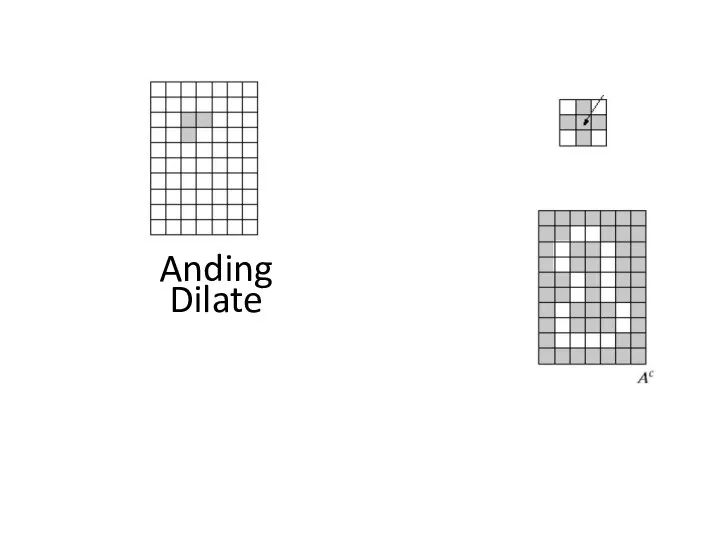

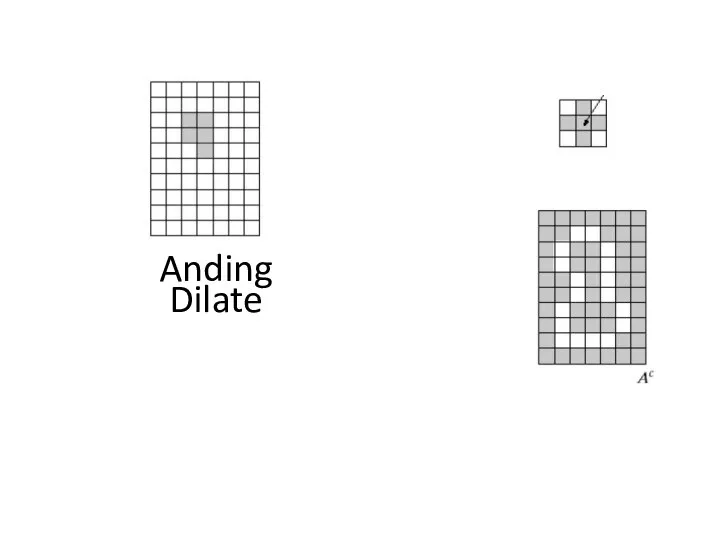
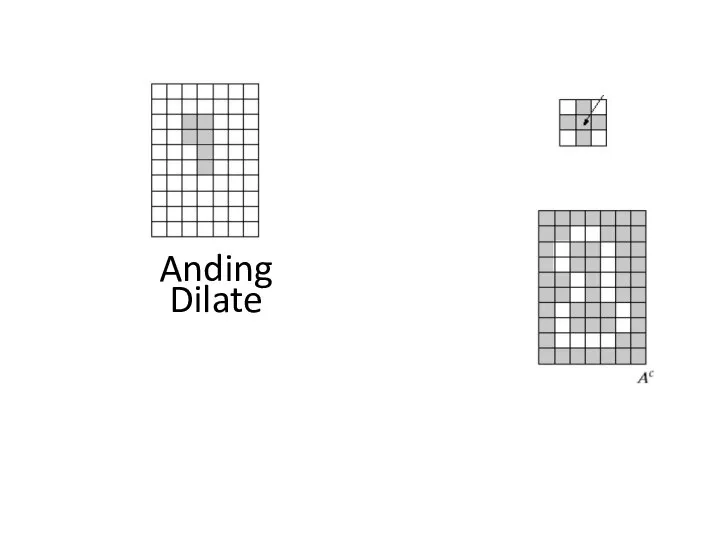
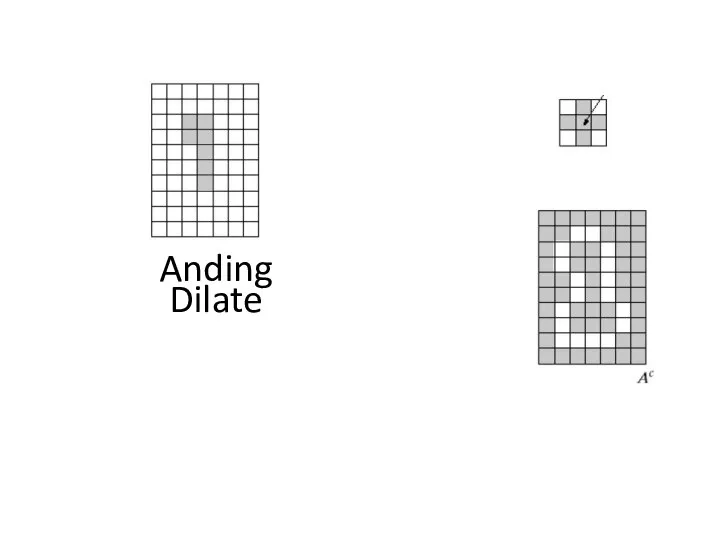
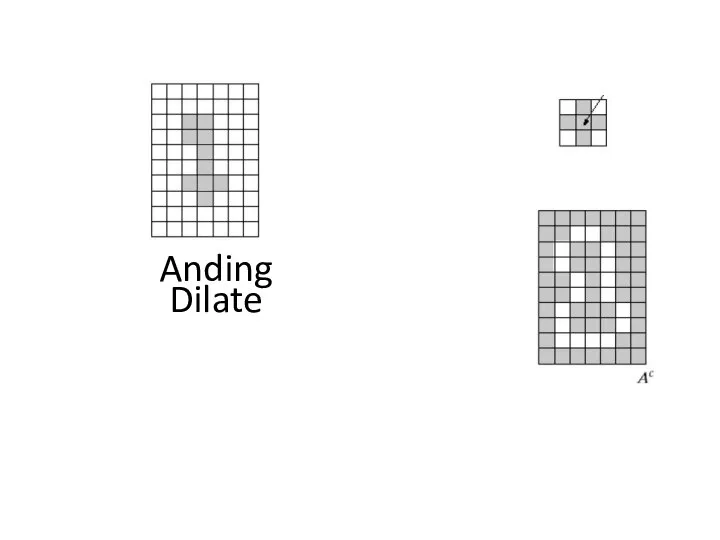
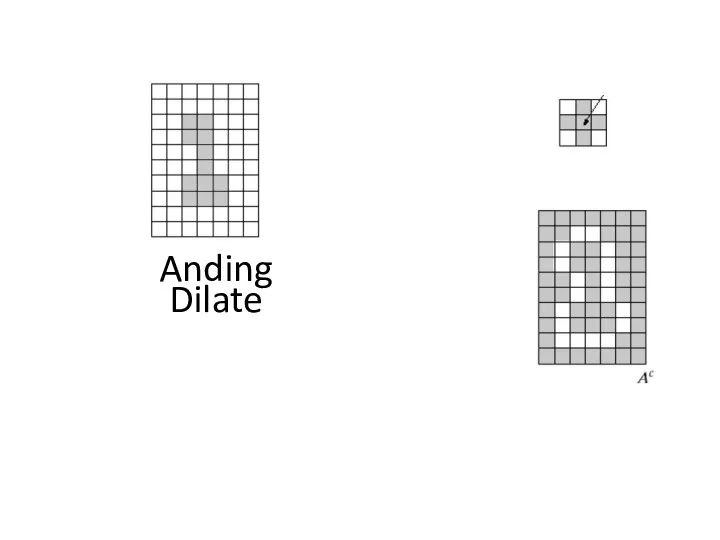
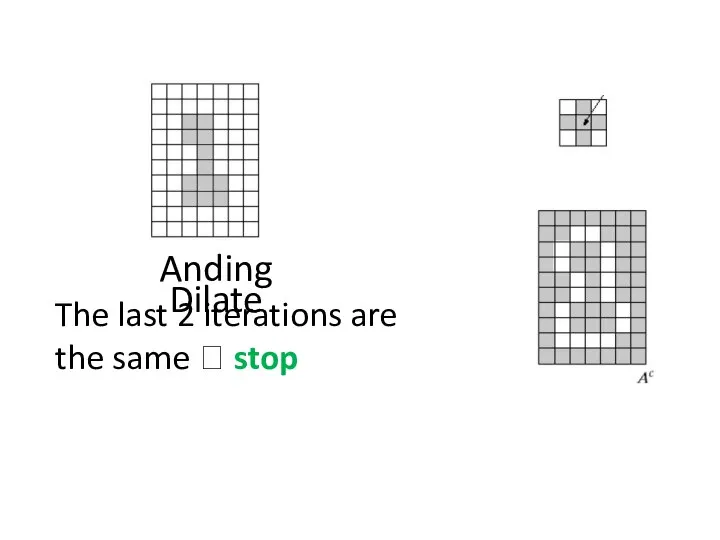
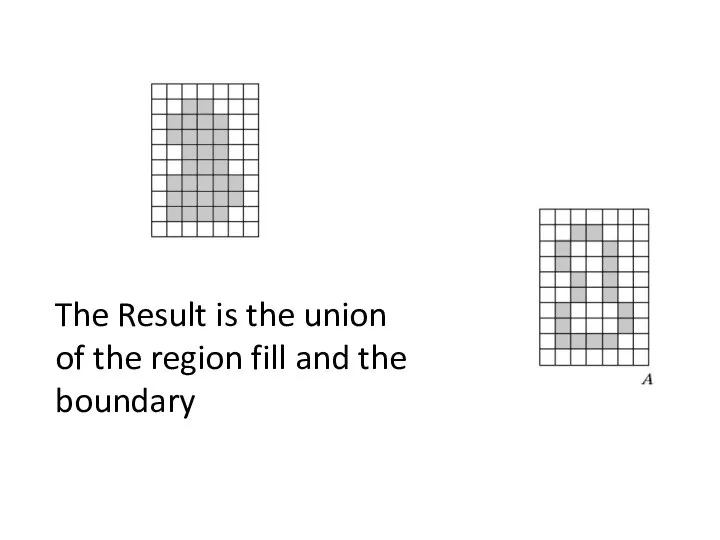
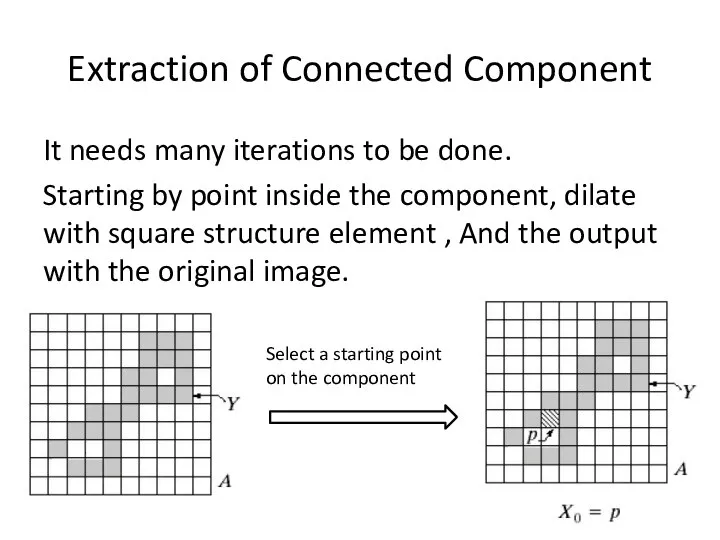
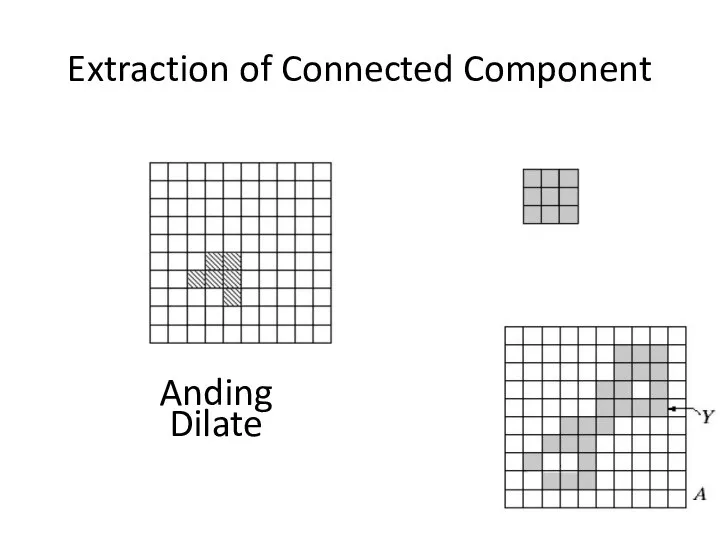
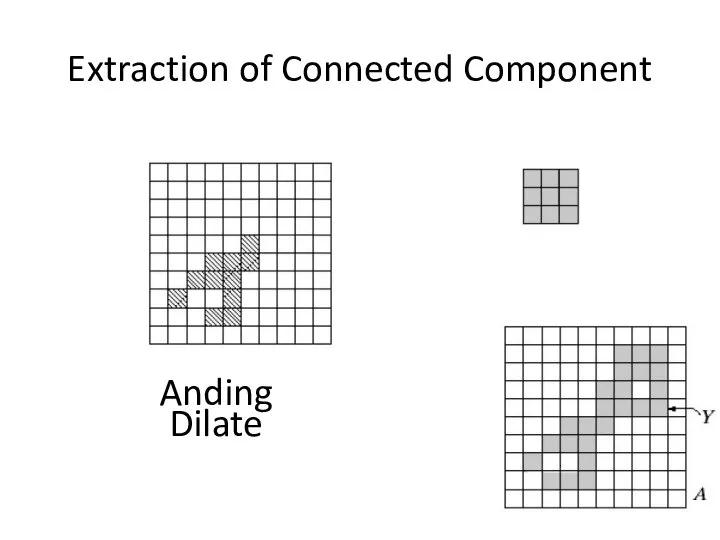
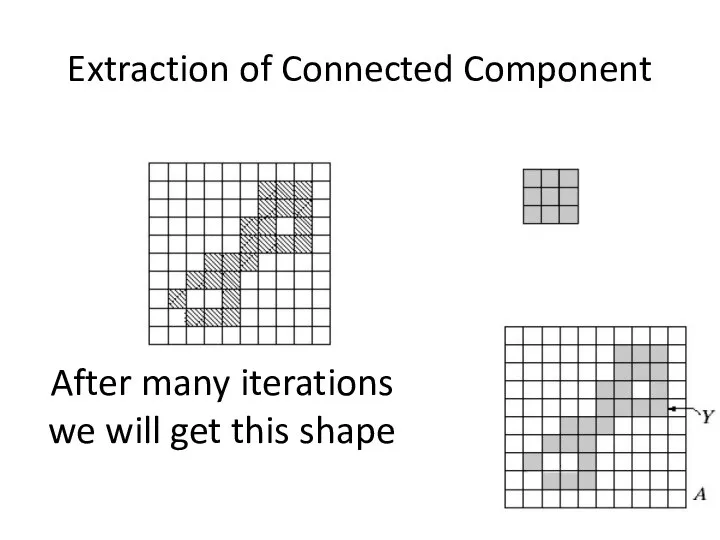
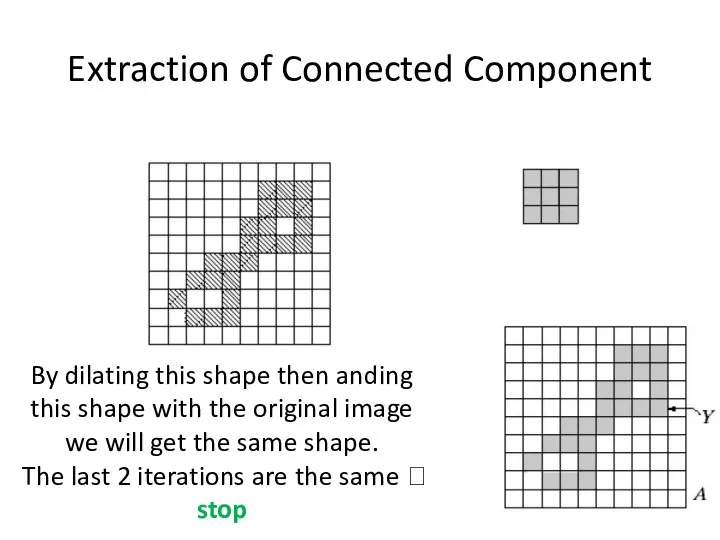
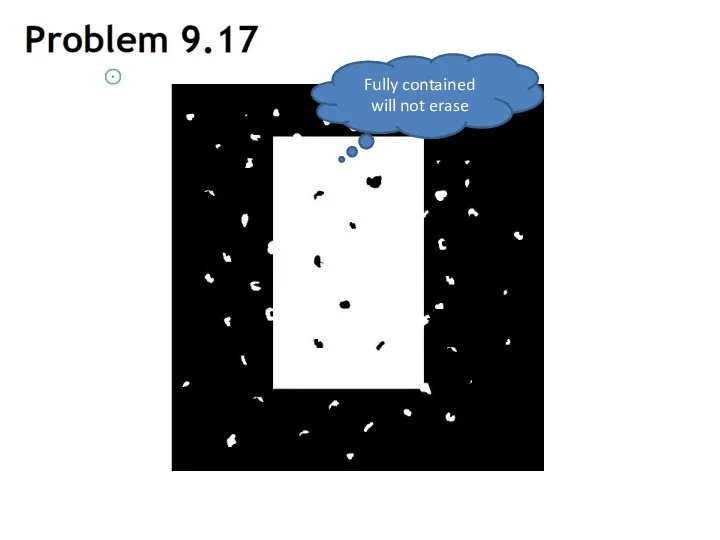

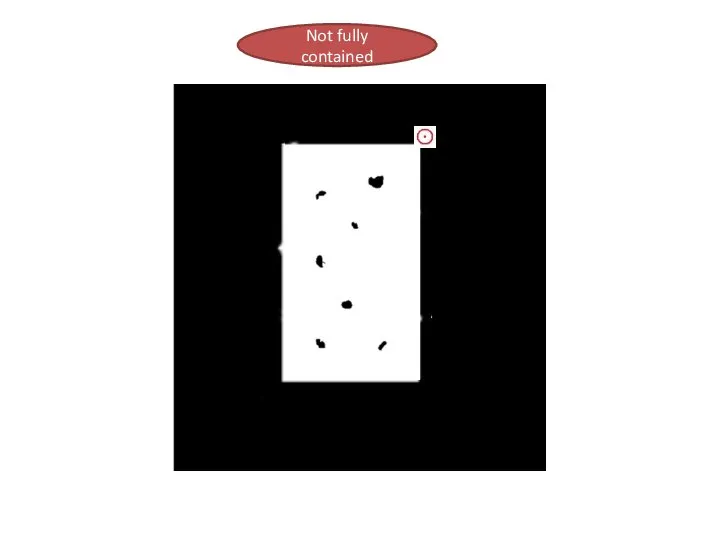

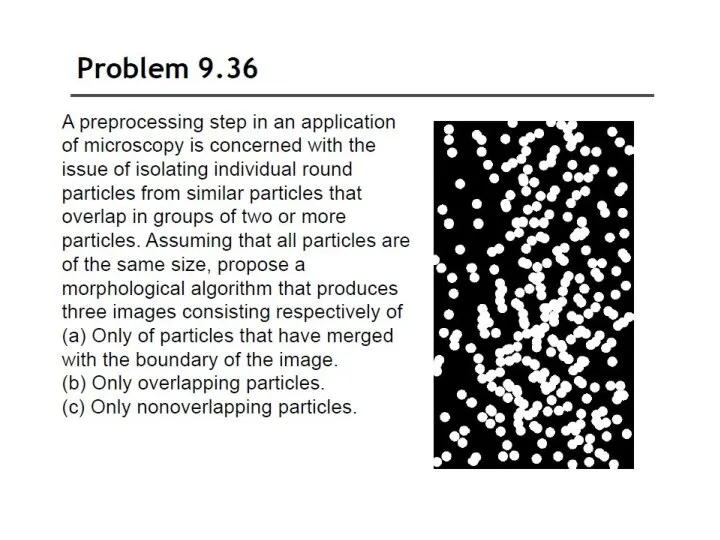
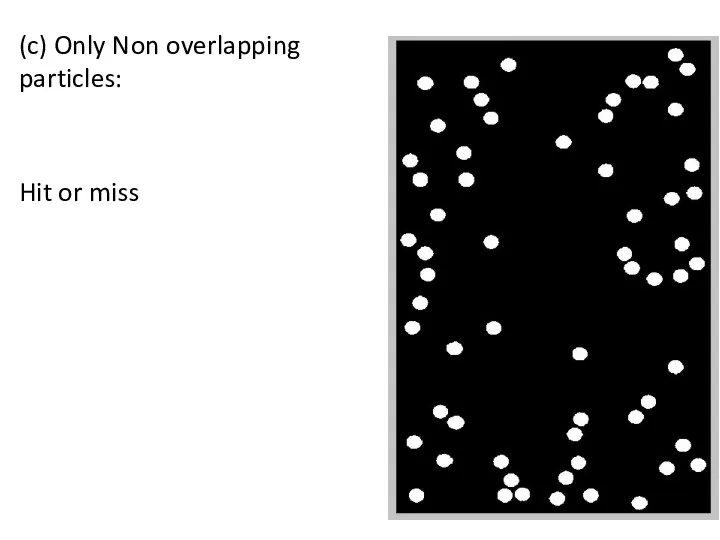
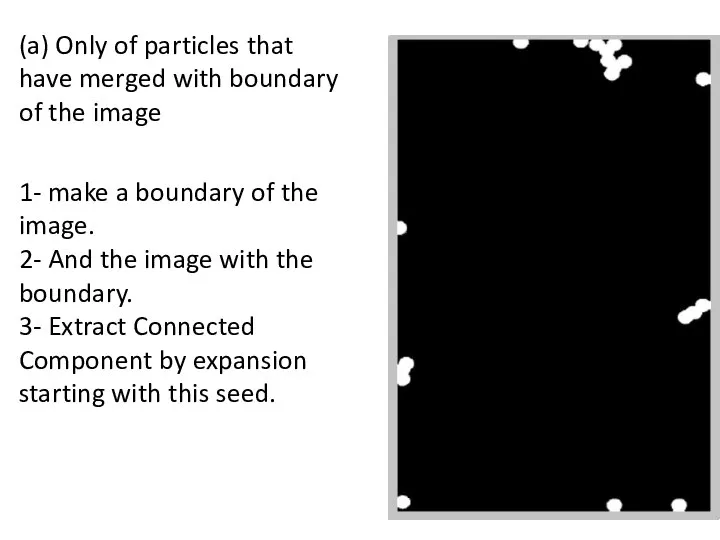
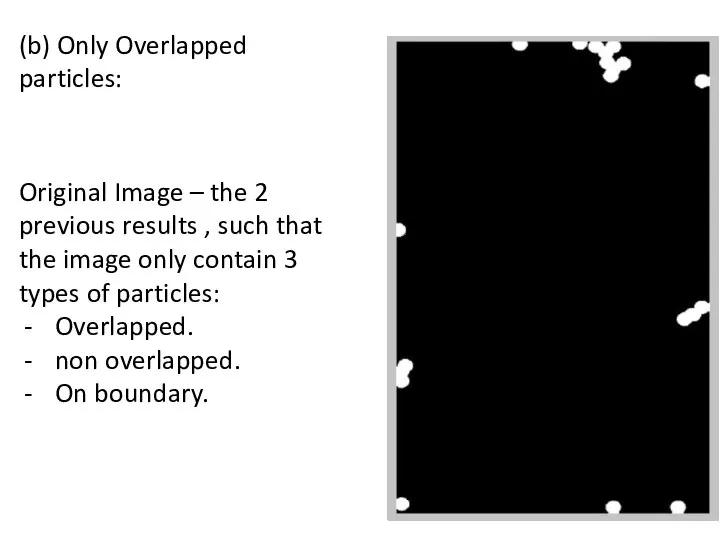
 Past Simple/Past Indefinite (прошедшее простое время)
Past Simple/Past Indefinite (прошедшее простое время) What time did you wake up yestrday
What time did you wake up yestrday Differences and similarities between the USA the UK
Differences and similarities between the USA the UK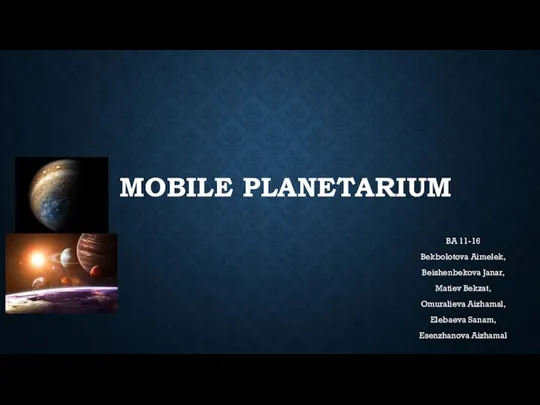 Mobile planetarium
Mobile planetarium Christmas is celebrated on the 25 of December
Christmas is celebrated on the 25 of December Role play the introduction in both ways
Role play the introduction in both ways Презентация на тему Должны ли родители выбирать друзей для своих детей
Презентация на тему Должны ли родители выбирать друзей для своих детей  Parma pudding
Parma pudding Excel
Excel Story
Story Pronouns (местоимения)
Pronouns (местоимения) Class 8. Module 7b. School
Class 8. Module 7b. School All About shapes
All About shapes Karpogory
Karpogory Презентация на тему Prince Andrew
Презентация на тему Prince Andrew  IS IT EASY TO BE YOUNG ? PRESENTATION FOR THE STUDENTS OF THE 10th FORM The teacher : Kudra E.M.
IS IT EASY TO BE YOUNG ? PRESENTATION FOR THE STUDENTS OF THE 10th FORM The teacher : Kudra E.M. Playstation 4 PRO
Playstation 4 PRO Английский заманчивее сна
Английский заманчивее сна Rules of reading 2
Rules of reading 2 Qui est-ce?
Qui est-ce? How to write a personal letter
How to write a personal letter Celebrities and their old Jobs Before They Were Famous
Celebrities and their old Jobs Before They Were Famous Идиомы и идиоматические выражения
Идиомы и идиоматические выражения Easter questions
Easter questions What is the weather like?
What is the weather like? Варианты английского языка: британский, американский, австралийский
Варианты английского языка: британский, американский, австралийский Can-cant
Can-cant Производная конструкция
Производная конструкция